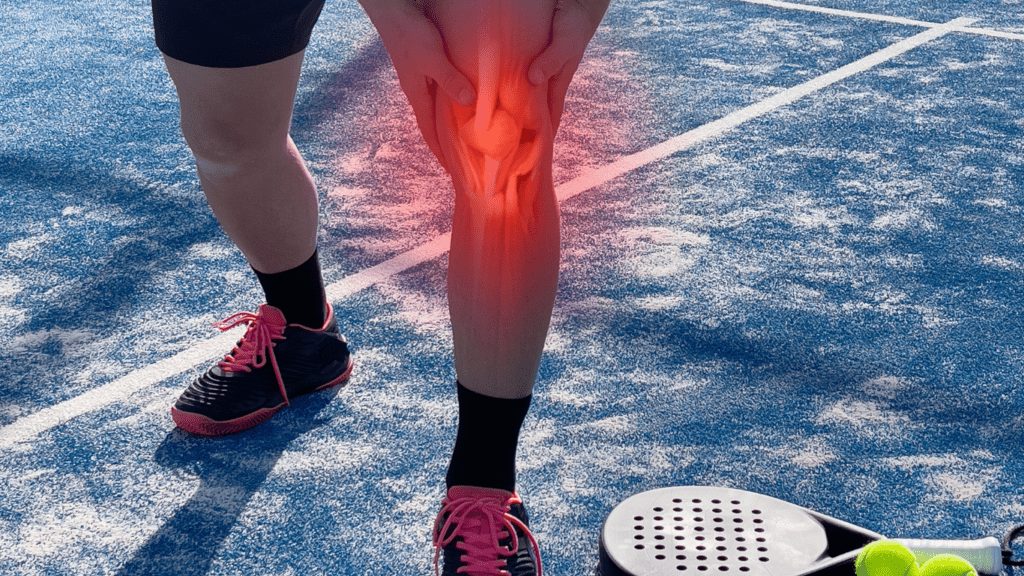As an athlete, I know how thrilling it feels to push limits and chase personal bests. But let’s face it—nothing derails progress faster than an injury. Whether you’re a weekend warrior or a seasoned pro, staying healthy is just as important as training hard. The key? Training smarter, not just harder.
Injury prevention isn’t just about avoiding setbacks; it’s about building a stronger, more resilient body. From proper warm-ups to mastering recovery techniques, small changes can make a big difference. Let me share some essential tips that’ll keep you in the game longer and performing at your peak.
Understanding The Importance Of Injury Prevention
- Injury prevention supports consistent training and long-term performance. Athletes who prioritize preventive measures reduce downtime and enhance overall stamina. A strong focus on proactive care minimizes the risk of strains, sprains, and overuse injuries.
- Avoiding injuries requires identifying physical limits and addressing weaknesses. Imbalances in muscle development or flexibility often lead to injuries. By targeting these areas through specific exercises, athletes improve resilience.
- Incorporating proper warm-up routines boosts blood circulation and primes muscles for activity. This reduces the likelihood of sudden injuries during intense practice or competition. Cooling down afterward facilitates muscle recovery and decreases stiffness or soreness.
- By maintaining joint health, athletes protect crucial movement mechanics. Activities like stretching or mobility drills enhance range of motion and prevent unnecessary stress on ligaments and tendons. Proper hydration and nutrition also support tissue repair and recovery.
- Understanding the role of injury prevention ensures athletes maintain peak performance while avoiding setbacks. Prioritizing smart training strategies allows for consistent progress in any sport.
Common Causes Of Sports Injuries

Understanding why injuries occur is essential for minimizing risks and maintaining top performance. Common causes often stem from avoidable mistakes and overlooked practices.
Overtraining And Its Risks
Pushing the body beyond its capacity can lead to:
- overuse injuries
- fatigue
- reduced performance
Training too frequently or with excessive intensity strains muscles, joints, and tendons, increasing the risk of injuries like stress fractures and tendonitis. Recognizing early signs, such as chronic soreness or unusual fatigue, helps avoid long-term damage.
Poor Form And Technique
Incorrect execution during exercises or sports movements puts unnecessary stress on the body. Poor form, like improper lifting mechanics or faulty running strides, often leads to sprains, joint pain, or muscle strains. Mastering foundational techniques and receiving proper coaching reduces these risks.
Insufficient Recovery Time
Skipping rest or recovery limits the body’s ability to repair tissues, leading to cumulative damage over time. Inadequate rest between workouts or events can result in soft tissue injuries, inflammation, or even burnout. Incorporating scheduled rest days and prioritizing sleep supports muscle repair and overall resilience.
Effective Injury Prevention Strategies
Preventing injuries involves targeted strategies that enhance physical readiness and resilience. These practices can reduce risk factors and support consistent, high-level performance.
Warming Up And Stretching
Warming up increases blood flow, elevates muscle temperature, and prepares joints for activity. I start each session with dynamic movements like leg swings or arm circles, focusing on full-body engagement. Targeted stretching improves flexibility, reducing tension that could lead to strains. Before intense workouts, I incorporate mobility drills like lunges with a twist or foam rolling to optimize muscle function.
Strengthening And Conditioning
Strengthening key muscle groups enhances joint stability and reduces injury risk. I include compound exercises like squats and deadlifts to build a strong foundation. Conditioning my body with balance training, plyometrics, and core workouts not only improves performance but also minimizes imbalances. Progressive overload ensures steady development without overexertion.
Listening To Your Body
Recognizing physical limits and responding appropriately prevents overuse injuries. If I experience unusual pain or fatigue, I adjust my routine or rest to avoid worsening the issue. Monitoring recovery signals, such as muscle soreness or energy levels, helps me identify when to scale intensity. Prioritizing rest days allows muscles to rebuild, maintaining long-term peak performance.
The Role Of Nutrition In Injury Prevention
Proper nutrition plays a vital role in supporting recovery and preventing injuries. A well-balanced diet provides the energy and nutrients athletes need to maintain tissue health, repair damage, and reduce inflammation.
Essential Nutrients For Recovery
Specific nutrients aid in tissue repair and inflammation control. Protein supports muscle recovery by repairing microtears caused by physical activity. Include lean meats, eggs, or plant-based options like tofu and lentils to meet daily protein needs. Omega-3 fatty acids reduce inflammation and promote joint health; fatty fish like salmon or walnuts are great sources. Vitamin C helps collagen formation for tendons and ligaments. Citrus fruits, strawberries, and bell peppers are rich in this essential nutrient. Calcium and Vitamin D strengthen bones and prevent stress fractures. Dairy products, fortified plant-based milks, and leafy greens offer these vital substances, making them excellent dietary additions.
Staying Hydrated
Hydration affects physical performance and injury prevention. Dehydrated muscles fatigue faster, increasing strain and the risk of cramps or tears. To stay hydrated, drink water consistently throughout the day and replenish fluids lost during workouts. Electrolytes such as sodium, potassium, and magnesium maintain fluid balance and muscle function. Coconut water, electrolyte drinks, and natural sources like bananas help restore these minerals. Monitoring urine color ensures adequate hydration—pale yellow indicates proper fluid levels.



 Injury Prevention & Recovery Specialist
Injury Prevention & Recovery Specialist
